Can Old Wounds in Iraq Ever Heal or Are We Doomed to Repeat History?
Timeless Turmoil: The Unending Spiral of Iraqi Conflict
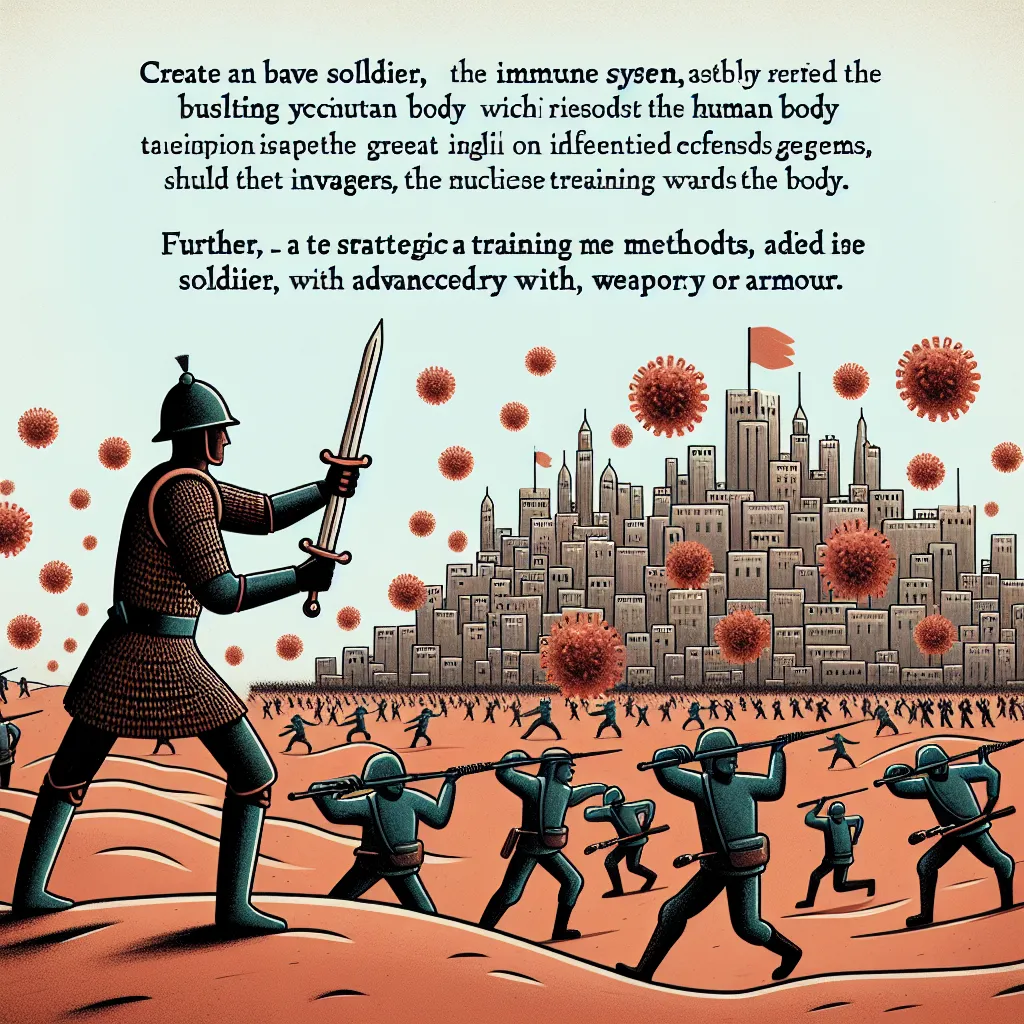
Can Surviving Illness Actually Leave You Weaker Than Before?
Your Body: A Nation Under Siege, Redeemed by the Science of Vaccines

Did Ancient Explorers Leave Mysterious Stone Trails Across Appalachia?
Moon-eyed People and the Enigmatic Stone Ruins of the Appalachians: Unraveling a Melange of Legends and Lost Lineages

Are We Safer or Just Less Free in the Age of Mass Surveillance?
When Fear Shapes Freedom: The Unseen Battle Between Privacy and Security
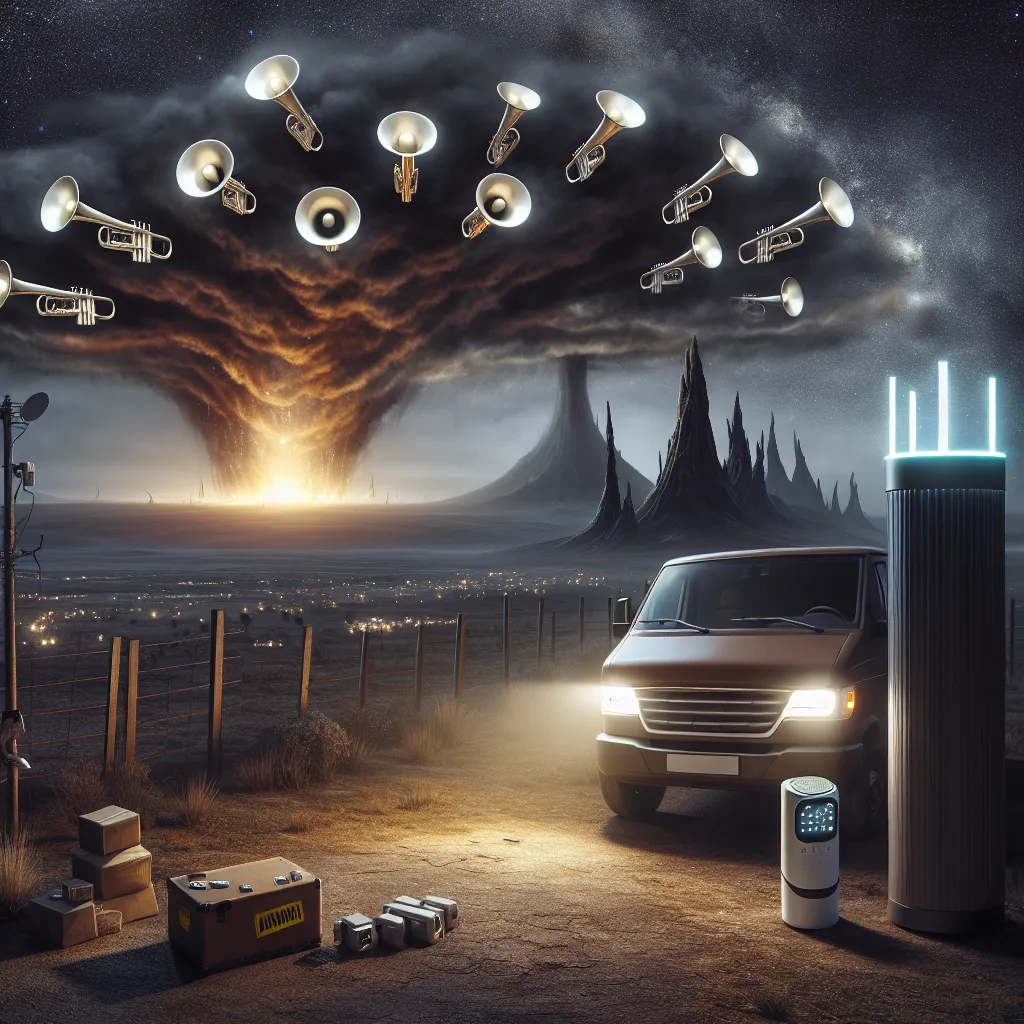
Is the Apocalypse Announced by Mysterious Trumpet Sounds?
When the Sky Sings and the Earth Responds: A Symphony of Mysteries
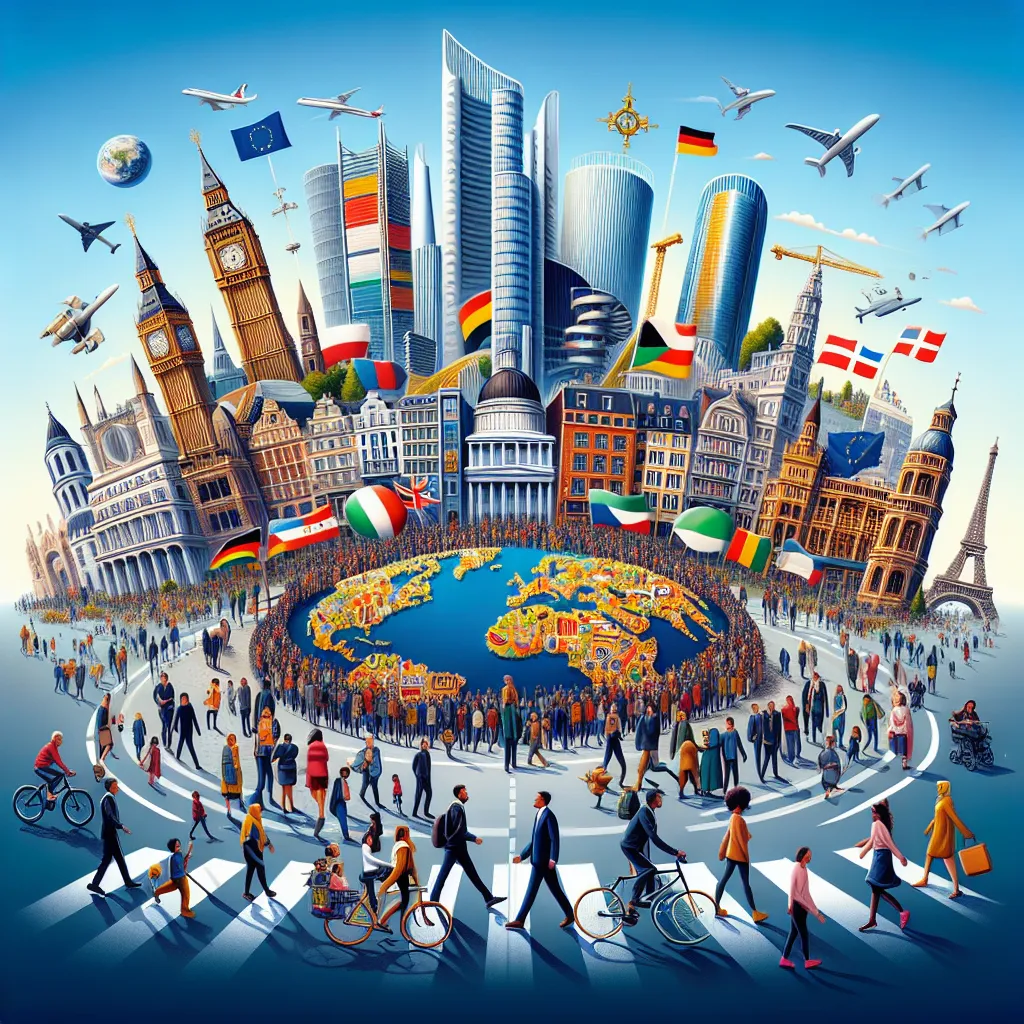
Is the European Union the Key to Our Future or a Relic of the Past?
The EU's Quest for Unity Amid Diversity and Discontent
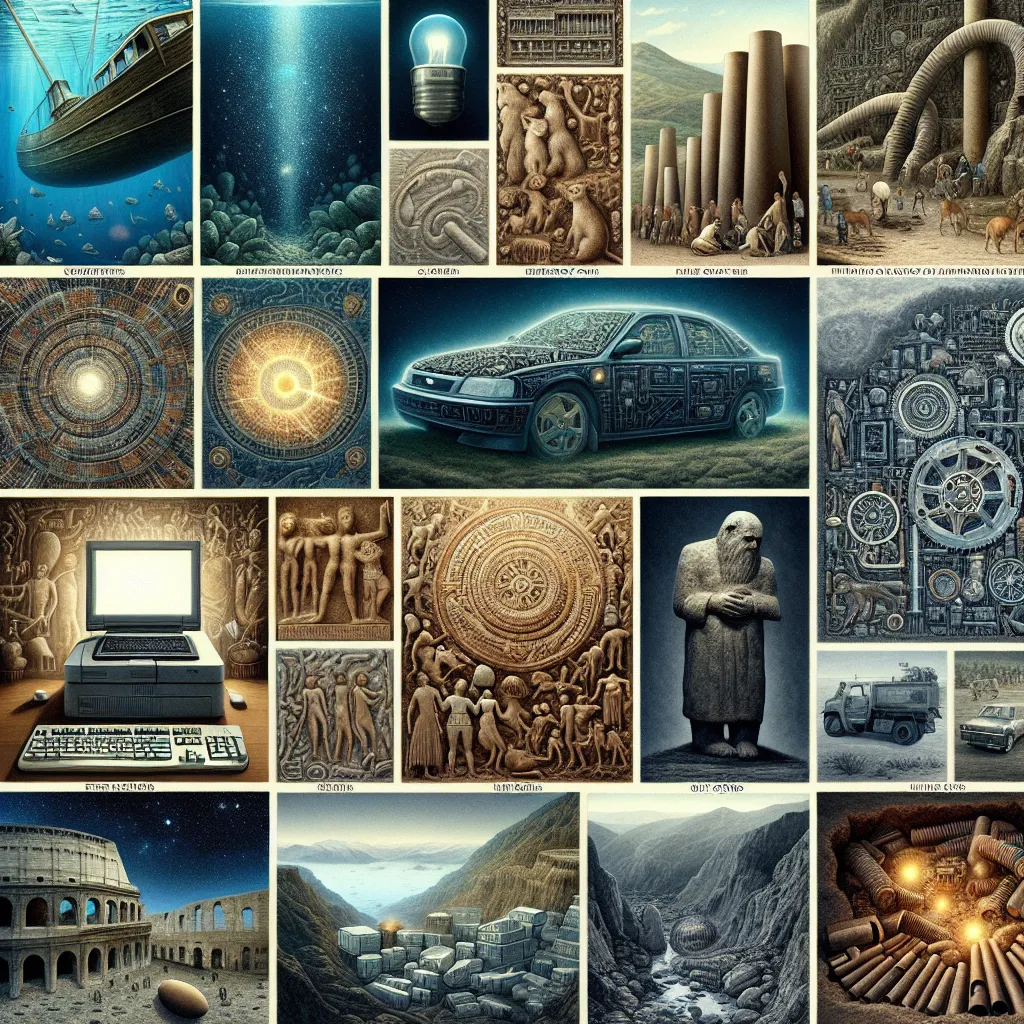
Did Aliens Teach Our Ancestors About Fire?
Mysteries Beyond Time: Unraveling Ancient Tech That Defies Historical Understanding
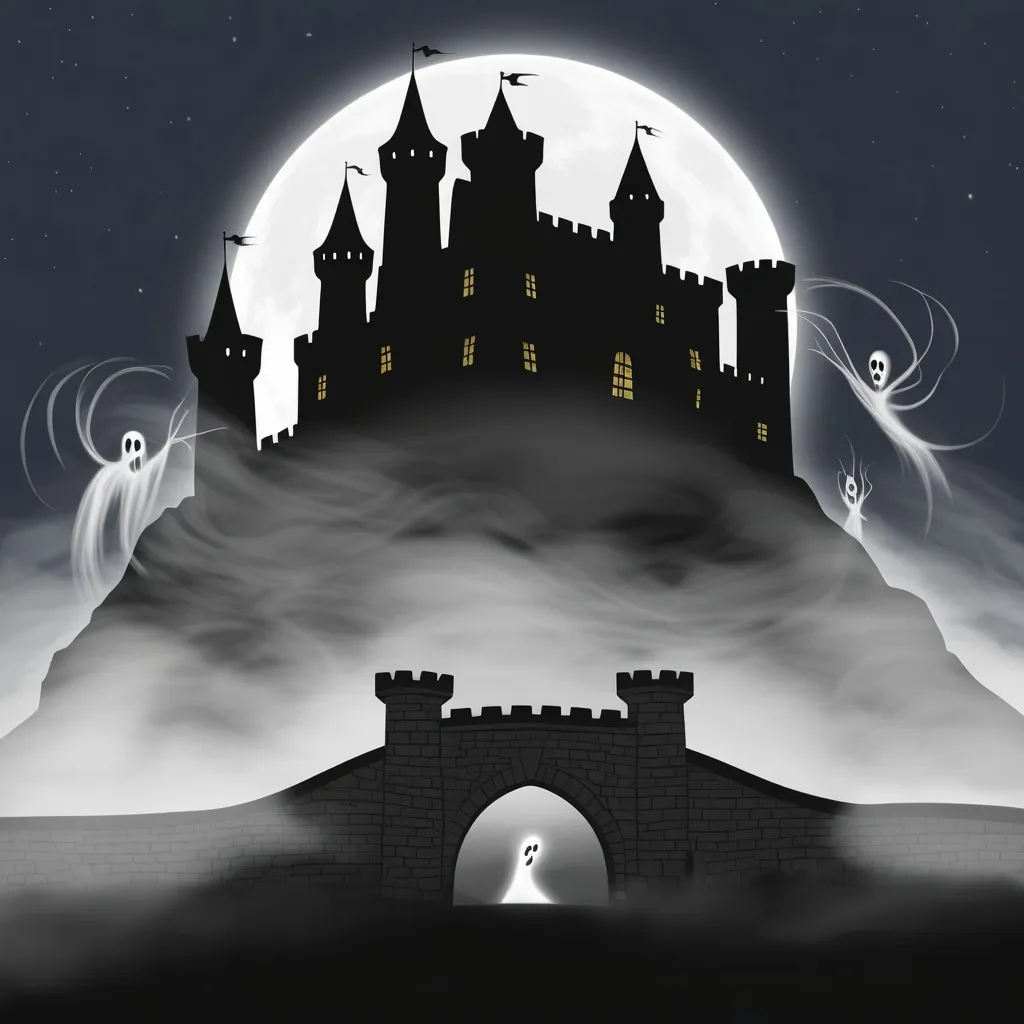
The Haunted Castle Where Ghosts of the Past Still Roam the Halls!
UK's haunted castles offer ghostly encounters and historical tales. Edinburgh Castle's Grey Lady, Alnwick's vampire, and Glamis' hidden room captivate visitors. These ancient structures connect us to the past through eerie experiences.
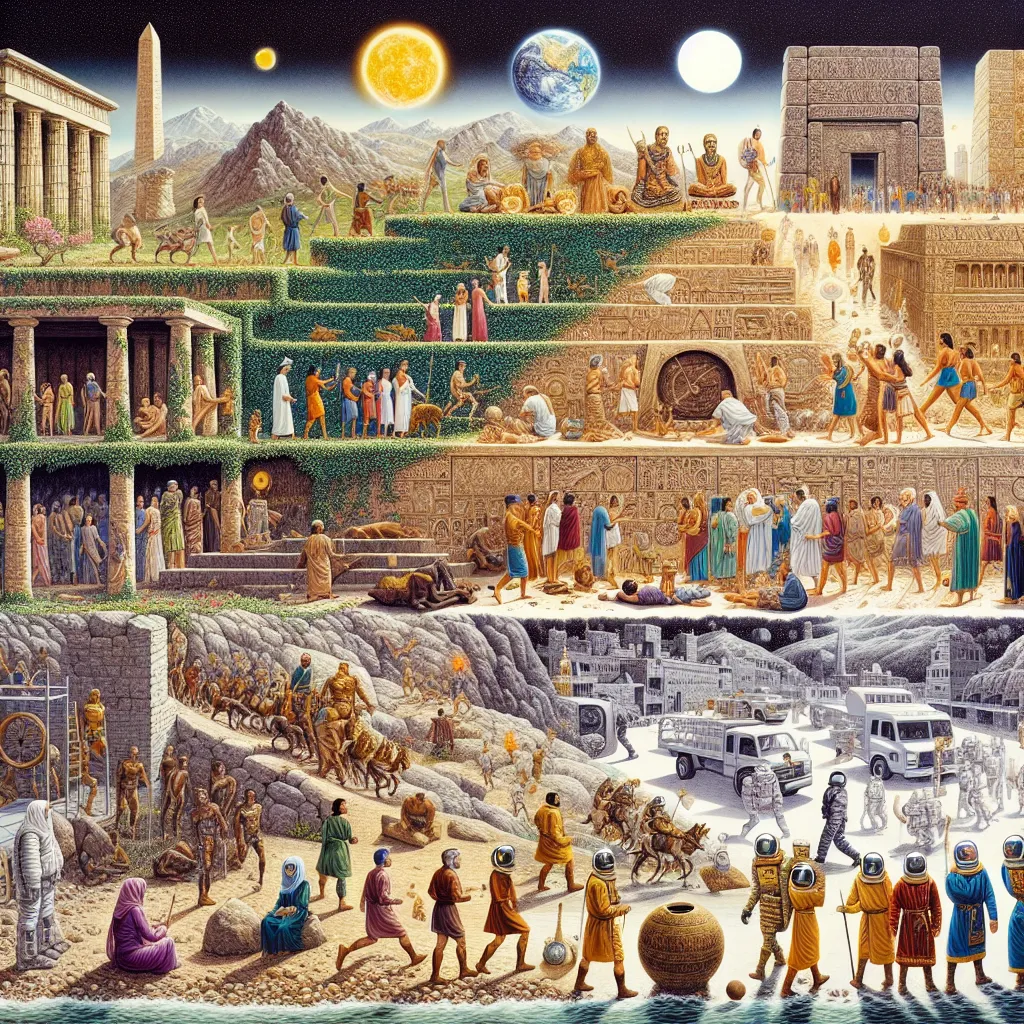
Did We Miss the Real Year Zero? Discover How a New Calendar Could Rewrite History
Epochs of Stone and Stars: A Human Tale from Temples to Space

Are We Living Under the Threat of a Cosmic Bomb?
When the Stars Rage: Supernovae's Explosive Dance with Destiny
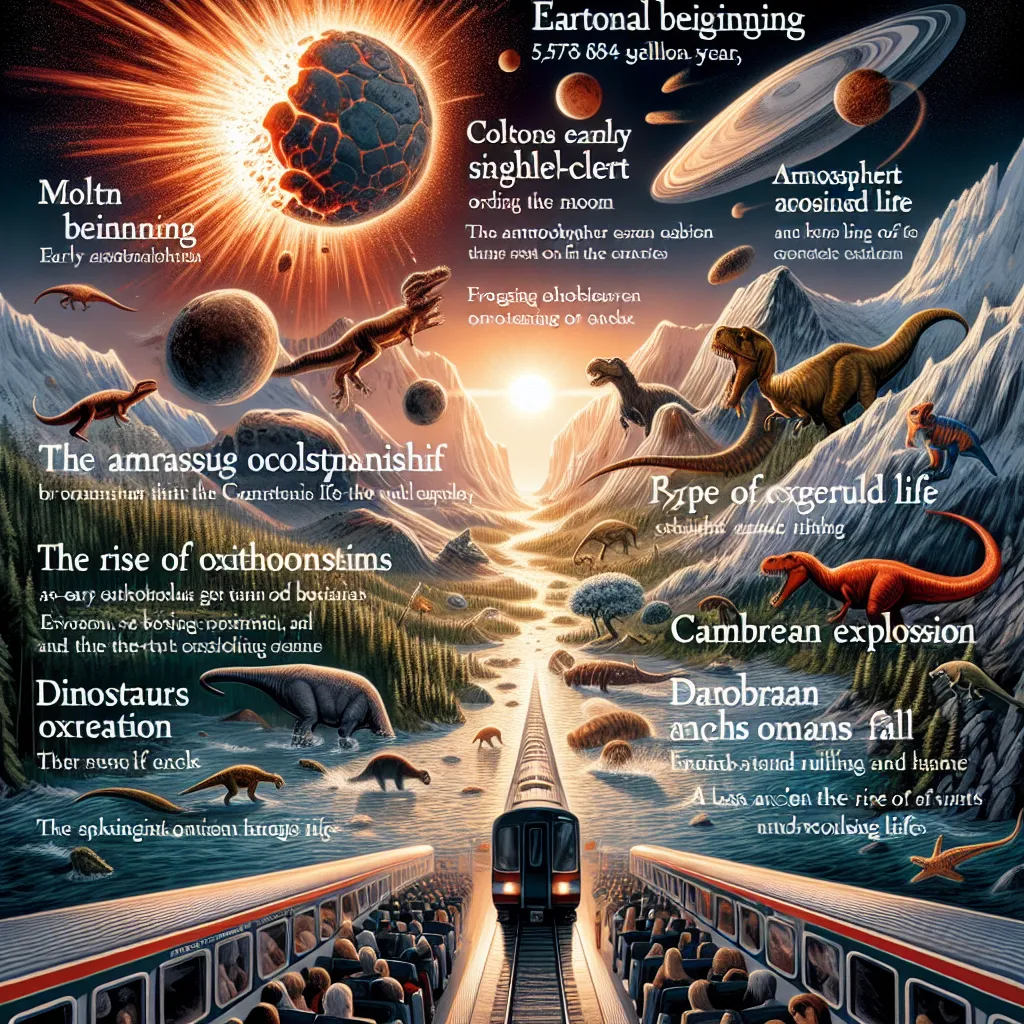
What Mysteries Unfold on a 4.5 Billion-Year Ride Through Earth's History?
From Molten Hell to Mammalian Majesty: Earth's Epic Evolution Unfolded in Seconds

What Will It Take for Us to Actually Save the Planet?
Industrial Aftershocks: Decoding a Carbon-Flooded World
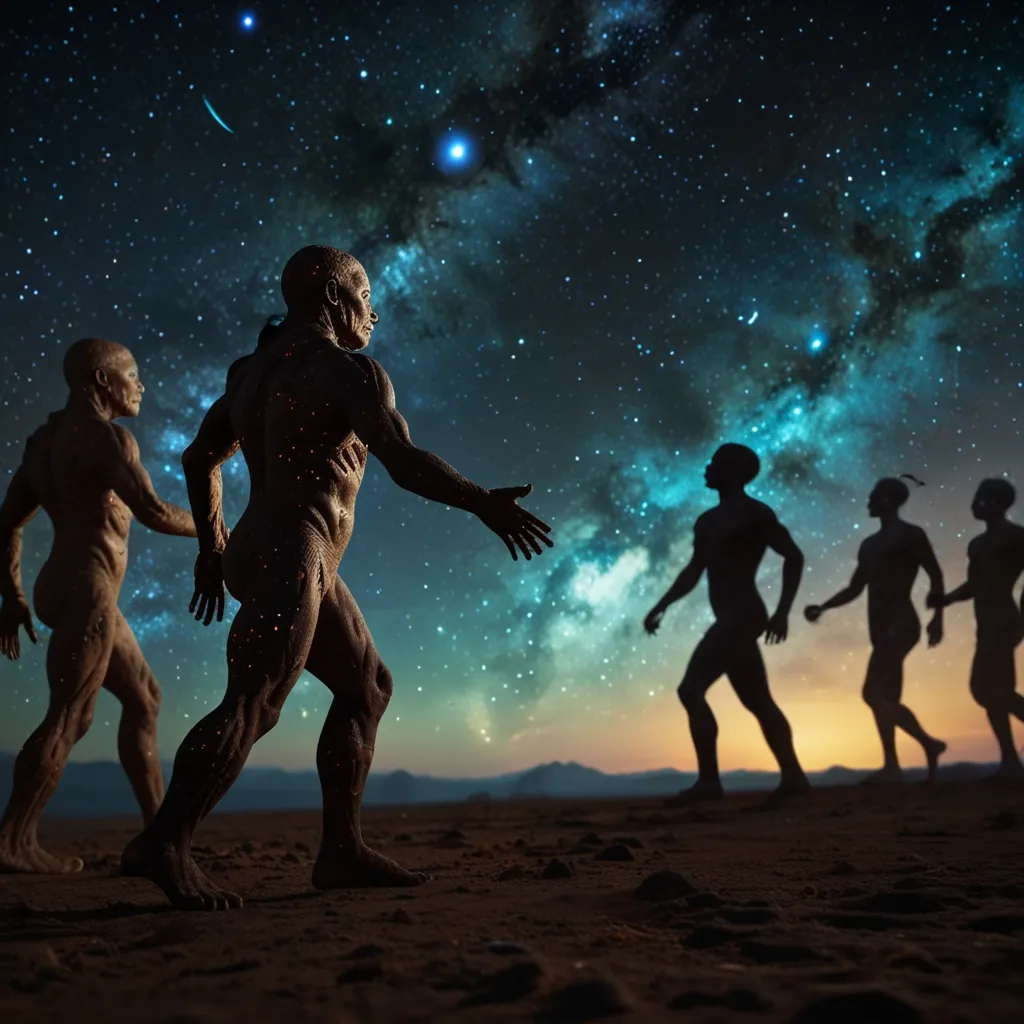
Did Viruses Shape Our Evolution or Did Aliens Have a Hand in It?
Retroviral Architects of Human Evolutionary Leaps
